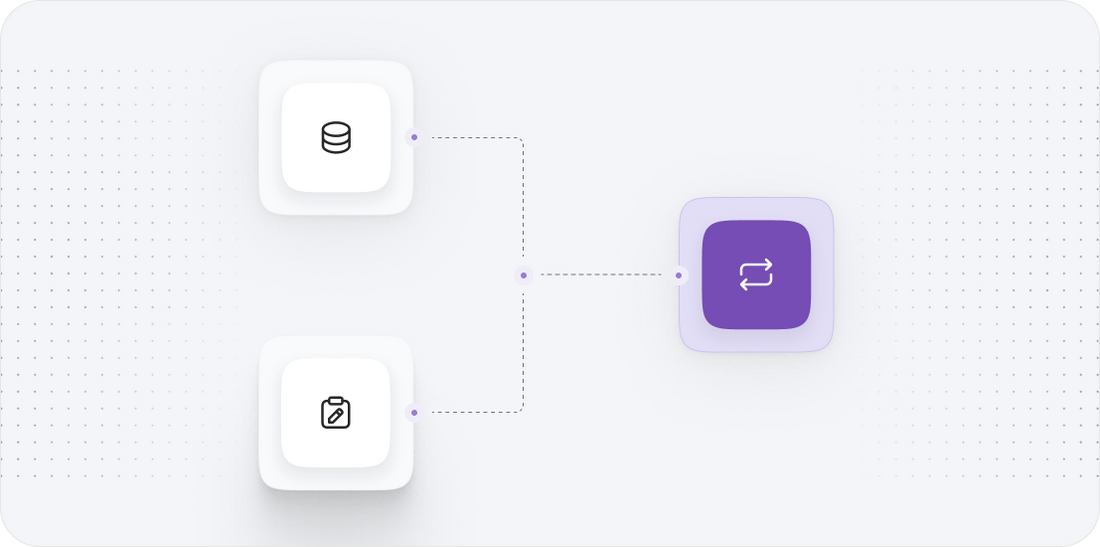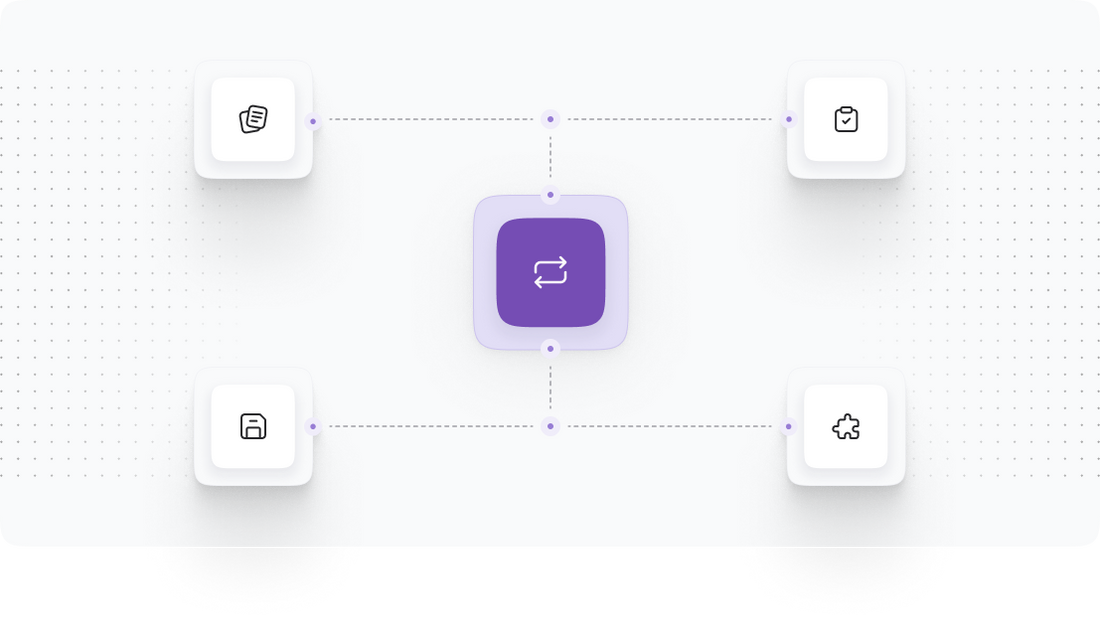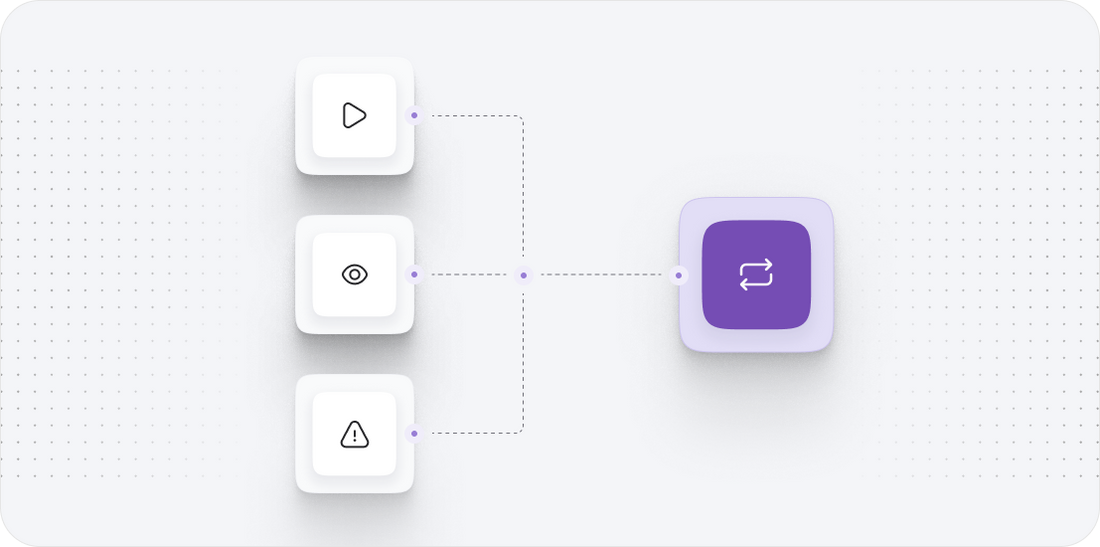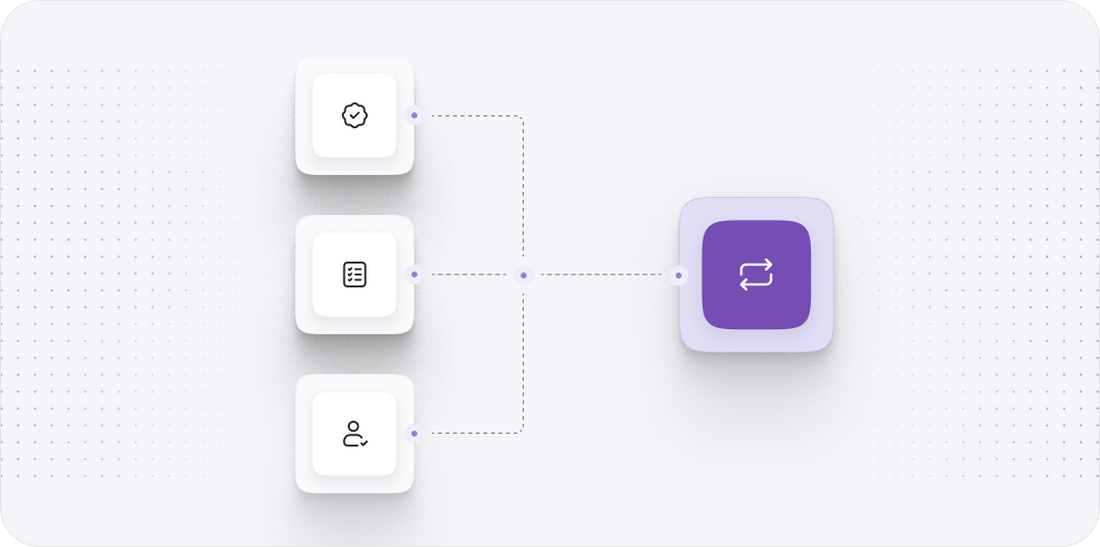





Mirakl to Magento
Migrating your store from Mirakl to Magento might seem daunting, but with proper planning and the right tools, it's a smooth process. Follow this step-by-step guide to ensure a successful transition.
Schedule a call
Step-by-Step Migration Guide: Mirakl to Magento Migration Guide
Step 1: Assess Your Current Data
In this step, we will identify and assess all the data that needs to be migrated from Mirakl to Magento, including product listings, customer information, and order history.
Step 2: Define Your Migration Goals
In this step, we will set clear objectives for the migration, ensuring that the transition aligns with our business goals and customer expectations.
Step 3: Plan Your Migration Timeline
This step focuses on creating a detailed timeline for the migration process, including critical milestones and deadlines to ensure a successful transition.
Step 4: Data Migration Techniques
In this step, we will explore various techniques for transferring data from Mirakl to Magento, ensuring data integrity and compatibility.
Step 5: URL Structure and Redirects
This step will focus on maintaining SEO integrity by planning URL structures and implementing redirects from Mirakl to Magento.
Step 6: Customizing Your Magento Store
In this step, we will customize the Magento store to enhance user experience, including theme selection and layout adjustments.
Step 7: Testing and Quality Assurance
In this final preparatory step, we will conduct thorough testing to ensure that all functionalities are working correctly before going live.
Power Your Step - Get in Touch
Ready to migrate from Mirakl to Magento? Contact PowerCommerce for expert migration support and guidance.
Step 1: Assess Your Current Data
Before initiating the migration process from Mirakl to Magento, it is imperative that we conduct a thorough assessment of the data that will be transferred. This step is crucial as it lays the groundwork for a successful migration, ensuring that all necessary data is accounted for and properly formatted for the Magento platform.
We will begin by identifying various data categories that need to be migrated:
- Product Listings: This includes all product details such as titles, descriptions, SKUs, prices, and inventory levels. We need to ensure that all attributes are correctly mapped to their counterparts in Magento.
- Customer Information: This encompasses all customer accounts, purchase history, and preferences. It is vital to maintain this data to ensure a seamless shopping experience for returning customers on the new platform.
- Order History: Keeping track of past transactions is essential for customer service and retention. We will need to migrate orders that include details such as order IDs, statuses, and payment information.
During this assessment phase, we will also review any custom attributes or metadata associated with products and customers in Mirakl. This will help in understanding how these attributes can be accommodated within the Magento framework.

Step 2: Define Your Migration Goals
Defining clear migration goals is a pivotal step in the migration process from Mirakl to Magento. These goals will guide our approach and inform decisions throughout the transition. We will start by identifying what we want to achieve with the migration.
Key objectives may include:
- Enhancing User Experience: Improving the overall shopping experience for our customers by leveraging Magento's advanced features, such as responsive design and customizable themes.
- Streamlining Operations: Utilizing Magento's robust backend capabilities to simplify inventory management and order processing.
- Expanding Product Offerings: Leveraging Magento's extensibility to introduce new products and categories that were previously unsupported in Mirakl.
- Boosting Sales and Conversion Rates: Implementing Magento's SEO tools and marketing capabilities to increase visibility and drive traffic to our new store.
By establishing these goals, we create a roadmap that will keep our migration focused on enhancing business outcomes and meeting customer needs post-migration.

Step 3: Plan Your Migration Timeline
Planning a detailed migration timeline is essential for managing the transition from Mirakl to Magento effectively. A well-structured timeline will help us keep track of progress and ensure that all tasks are completed on schedule while minimizing disruption to our business operations.
Our timeline will include the following key phases:
- Preparation Phase: Allocate time for data assessment, goal setting, and selecting the right tools and resources for migration.
- Execution Phase: Outline the stages of executing the migration, including data extraction from Mirakl, data transformation to fit Magento's structure, and the actual loading of data into Magento.
- Testing Phase: Plan for thorough testing of the migrated data in the Magento environment. This includes verifying product listings, customer accounts, and order history to ensure accuracy and completeness.
- Launch Phase: Establish a go-live date and prepare for a marketing push to announce the new store. This phase should also include a contingency plan for any issues that may arise.
By adhering to a structured timeline, we can ensure that each aspect of the migration is executed efficiently and effectively, reducing the risk of complications during the transition.

Step 4: Data Migration Techniques
Data migration from Mirakl to Magento requires careful consideration of the methods we will use to ensure that all information is accurately transferred while maintaining data integrity. We have several options to facilitate this process, each with its advantages and challenges.
Common data migration techniques include:
- Direct API Integration: Utilizing APIs to directly connect Mirakl and Magento for seamless data transfer. This method allows real-time synchronization of product and order data, minimizing manual intervention.
- CSV Import/Export: Extracting data from Mirakl in CSV format and importing it into Magento. This method is useful for bulk data transfers but requires careful mapping of fields to ensure compatibility.
- Third-Party Migration Tools: Leveraging specialized migration tools designed to facilitate the transfer process between platforms. These tools often come with features to handle data mapping, field matching, and error handling.
Regardless of the technique chosen, it is essential to perform an initial test migration with a small dataset. This test will help identify any issues that may arise and allow us to refine our approach before executing the full migration.

Step 5: URL Structure and Redirects
One critical aspect of the migration from Mirakl to Magento is ensuring that our existing SEO efforts are not negatively impacted. A well-planned URL structure and appropriate redirect strategy are essential for maintaining search engine rankings and ensuring a seamless user experience.
We will take the following steps to manage URL structures and redirects:
- Analyze Existing URLs: Review the current URL structure on Mirakl and identify how they correlate to Magento’s URL format. This analysis will help us determine how to best map old URLs to new ones.
- Implement 301 Redirects: For any URLs that will change during the migration, we will set up 301 redirects to point users and search engines from the old URLs to the new ones. This step is critical for preserving SEO equity.
- Maintain Consistent URL Structure: Where possible, we should aim to keep the same URL structure to minimize disruption. This is especially important for high-traffic pages and core product categories.
- Update Sitemap: Once the new URLs have been established, we will generate and submit an updated sitemap to search engines to ensure they are aware of our new site structure.
By effectively managing our URL structure and implementing redirects, we can protect our SEO rankings and provide a smooth transition for returning customers.

Step 6: Customizing Your Magento Store
Once the data migration is complete, we will turn our attention to customizing the Magento store to ensure it reflects our brand identity and meets user expectations. Magento offers extensive customization options that allow us to tailor our online storefront effectively.
Key areas of focus for customization include:
- Theme Selection: Choose a Magento theme that aligns with our brand and provides a responsive design for optimal performance across devices. We may consider custom themes or pre-built options that suit our aesthetic and functional needs.
- Layout Adjustments: Tailor the layout of product pages, category pages, and the homepage to enhance navigation and user experience. This includes optimizing element placements, adding call-to-action buttons, and ensuring a clean, user-friendly interface.
- Functionality Enhancements: Leverage Magento extensions to add functionalities such as product reviews, wish lists, and live chat support. These features can significantly improve the shopping experience and boost customer engagement.
- Testing User Experience: After implementing customizations, we will conduct user testing to gather feedback on the site’s usability. This feedback will guide further refinements before the official launch.
By effectively customizing our Magento store, we can create an engaging shopping experience that resonates with our customers and encourages conversions.

Step 7: Testing and Quality Assurance
Before launching the new Magento store, it is critical to conduct comprehensive testing and quality assurance (QA) to ensure that all functionalities are operating correctly and that the migration has been successful. This step helps identify any issues that could impact user experience or business operations.
Our testing process will include the following key components:
- Data Validation: Confirm that all product data, customer information, and order histories have been accurately migrated. This includes checking for missing or incorrect data entries.
- Functional Testing: Test all functionalities of the store, including product search, filtering, checkout processes, payment processing, and customer account management. Each feature should work seamlessly.
- Performance Testing: Assess the site's loading speed and responsiveness to ensure it meets performance benchmarks. We will monitor page load times and server response times under various traffic conditions.
- Cross-Browser and Device Testing: Verify that the store performs consistently across different browsers and devices. This helps ensure a smooth experience for all users, regardless of how they access the site.
By thoroughly testing our Magento store before going live, we can identify and rectify any potential issues, ensuring a successful launch and a positive experience for our customers.

Power Your Step - Get in Touch
If you are ready to take the next step in your ecommerce journey and migrate from Mirakl to Magento, we at PowerCommerce are here to help. Our team of experts specializes in seamless platform migrations, ensuring that your transition is smooth, efficient, and tailored to your specific needs.
Contact us today to leverage our expertise:
- Visit our contact page to fill out our inquiry form.
- Call us directly at 800-099-9090 for immediate assistance.
- Email us at info@powercommerce.com to discuss your migration needs.
At PowerCommerce, we are committed to innovation, customer-centricity, and integrity. Let us help you power your ecommerce success!
Stay aligned on what's happening in the commerce world
Trusted by 1000+ innovative companies worldwide
Schedule Your Migration Today
For businesses prioritizing simplicity, scalability, and robust support, Shopify is the clear winner.
Looking to migrate without hassle? Power Commerce can handle the entire process, ensuring smooth data transfer, store setup, and post-launch success.
Marka Marulića 2, Sarajevo, 71000 BiH
00387 60 345 5801
info@powercommerce.com


